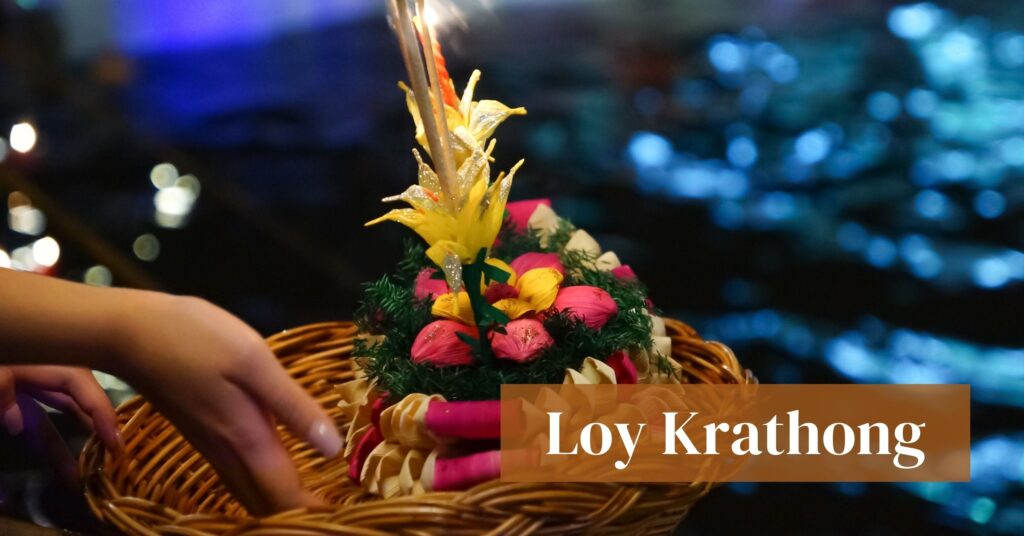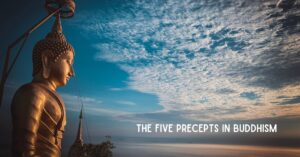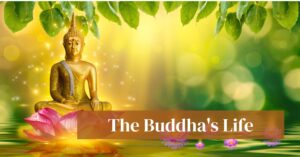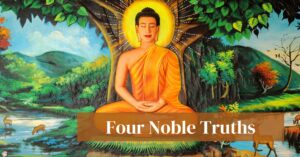Loy Krathong is a traditional festival celebrated in Thailand and Southeast Asia. The festival typically takes place in November, on the night of the full moon of the twelfth month, and is a time for Thai people to give thanks and make offerings to the water spirits.
During the festival, people release small rafts made of banana leaves, called Krathongs, into rivers, canals, and other bodies of water as a symbol of letting go of grudges and negative thoughts. The Krathongs are decorated with flowers, candles, and incense and are said to carry away bad luck and negative energy.
In addition to releasing Krathongs, people also light and release floating lanterns, called Khom Loy, into the sky. The lanterns are made of paper and have a small candle or fuel cell inside. They are decorated with colorful designs and messages and are said to bring good luck and wishes for the future.
The Loy Krathong festival is about releasing the Krathong and the lanterns and celebrating the water element. People dress in traditional Thai costumes, and many food and craft vendors sell conventional Thai snacks and souvenirs.
The festival is celebrated by all Thai people, regardless of religion, race, or social status. It is a time for families and friends to come together and enjoy the beauty of the full moon and the glow of the lanterns and Krathongs. It is also a time for forgiveness and letting go of grudges and negative thoughts.
Recently, the festival has become increasingly popular among tourists, providing a unique cultural experience and a chance to see beautiful lanterns and Krathongs. However, it is essential to note that the festival is also an important cultural and spiritual event for Thai people. It should be respected and celebrated mindfully and respectfully.
The festival has a long history and is believed to have originated in the Sukhothai kingdom in the 13th century. However, the origins of the festival are uncertain, and many different stories and legends are associated with it.
One popular legend is that the festival began to honor the Hindu god of water, Lord Vishnu. According to the legend, a young woman named Noppamart was so moved by the plight of the people suffering from a severe drought that she decided to offer Lord Vishnu by floating a banana leaf boat with a candle and incense on a river. Her devotion was said to have brought rain to the drought-stricken land, and the festival has been celebrated ever since.
Recently, there has been an increased focus on the festival’s environmental impact, and many people are encouraged to use biodegradable materials for their Krathongs and lanterns. There are also calls to reduce the use of plastic and other non-biodegradable materials to protect the environment and waterways.






